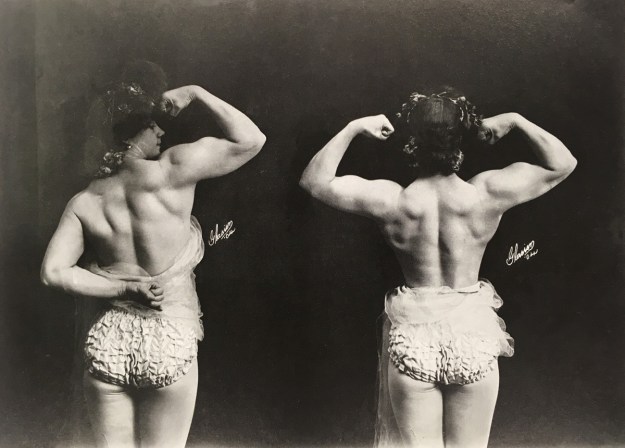Cara Tremain

This summer, the Government of Canada helped to promote visits to museums through the Canada Strong pass. While initially focused on seven of the country’s nine national museums, other provinces and territories also opted to offer reduced and free admission. Ultimately, 87 museums across the country were part of the initiative, and early data indicates that it helped to boost attendance. While the removal of admission fees increases accessibility, and – in turn – public enjoyment and appreciation of museums, the reality is that museums across the country are suffering from a lack of resources. To be effective stewards of the cultural heritage that they care for, museums need adequate financial support. However, as outlined in the 2023 report concerning renewal of the national museum policy, the majority of the country’s museums (~1500) do not receive funding from the federal government even though there is public support for them to do so.
While it remains to be seen whether a new museum policy will bring improved financial backing, the government are financially stepping up to contribute $50 million to the forthcoming Nunavut Inuit Heritage Center. This support emphasizes the government’s responsibility to the United Nations Declaration on the Rights of Indigenous People, which includes several articles outlining rights to cultural heritage and associated cultural expressions. While Canada continues to lack a national repatriation policy, the country’s museums have been facilitating access to – and return of – Indigenous belongings for some time. At the Museum of Archaeology & Ethnology (MAE) at Simon Fraser University, for example, repatriation has been an important element of its practice and teachings for decades.



